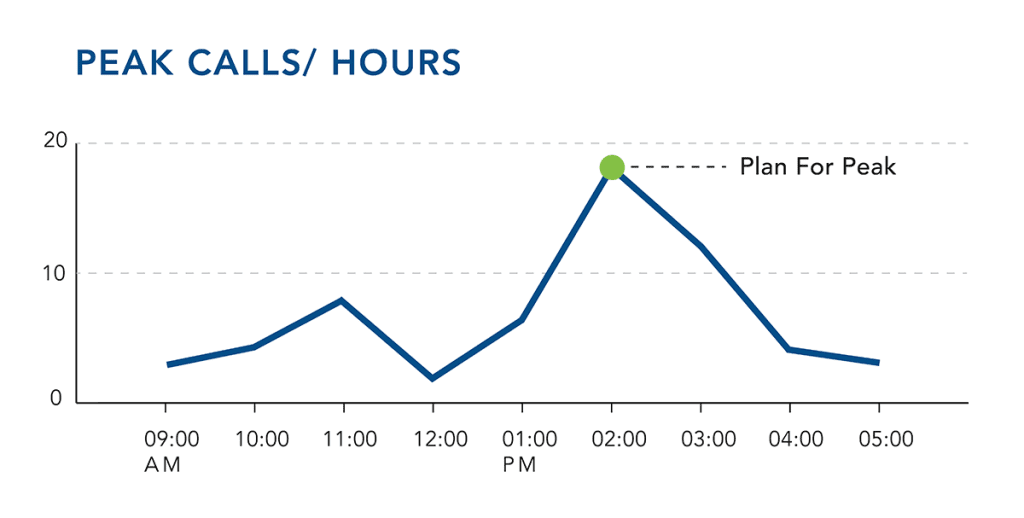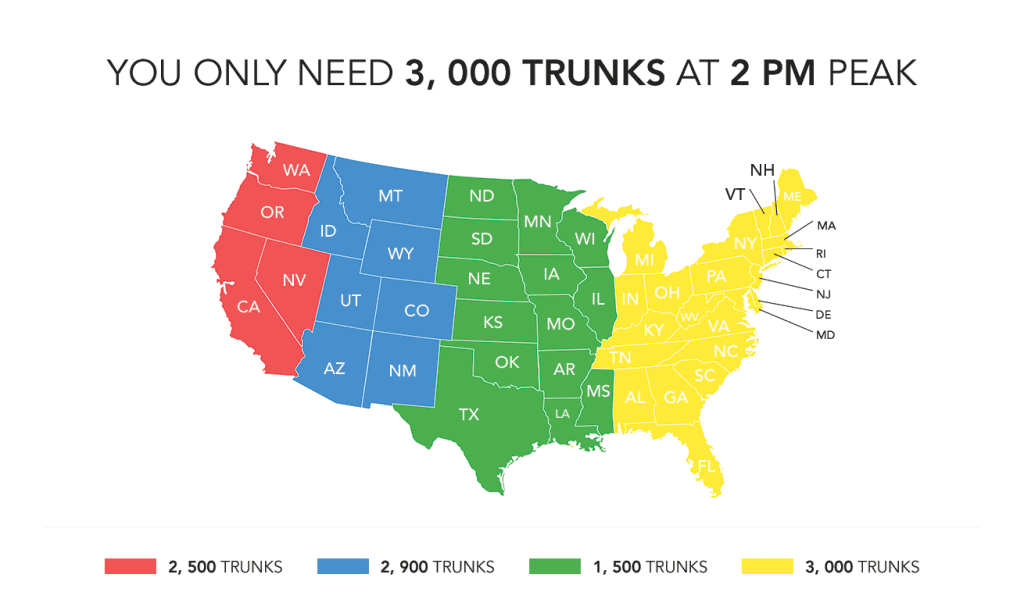Retailers: A Million (or Two) Reasons Consolidated SIP Should Be a Priority

Are you still contracting for phone service for each of your hundreds of store locations? Did you know that instead, SIP trunking can save you 30-60% on your monthly communications costs and enable you to reduce your number of phone lines to one-third or even one-half for potentially $1 million or more in savings annually?
SIP trunking is a technology that moves phone calls from regular phone lines onto your data network. This can eliminate old-school carrier services and save you a great deal of money. The best way to implement this technology is to centralize all of your carrier trunking services. Because SIP is just data packets, they can arrive on your network at any location and be moved to stores via the Wide Area Network (WAN) that already connects them. This allows you to consolidate trunking across your entire chain.
How to Take Peak Advantage of SIP Trunking


What’s the advantage of consolidating trunking? The answer has to do with peak provisioning. Traditionally, each store had to have enough phone lines to handle peak traffic; e.g., if a store receives 18 calls at once around 2 pm each day, then the store needs to have 18 phone lines. However, that peak capacity is likely not used for 75% of the day.
By centralizing SIP trunking, you only need to plan for peak capacity across all of your store locations. This is going to be less than peak at all stores individually, as peak times for each store will almost certainly not line up. Even if every store experiences peak capacity at the same time of day (say 2 pm), the time zones across the country will spread the peak capacity needs of the system across two, -three, or four time zones, depending on your company footprint. That means you will need only a quarter, third, or even half as many trunks to meet peak capacity. We recently worked with one retailer that saw a 75% reduction in peak trunk capacity after reviewing trunk logs across all 160 locations.
The end result? Reduced costs by bringing all of your SIP trunks together at one location and fulfilling peak capacity for different stores at different times. Instead of 10,000 trunks across 800 stores, it’s possible to only have 5,000 trunks. That’s a significant cost reduction! Go look at your telecommunications cost spreadsheet and see how much you could save if you could get rid of even one-third of your trunks at one time.
Say you’re using a total of 10,000 trunks today (at an average cost of $30/month/trunk). That’s an annual cost of $3.6 million. Cutting capacity to one-third or even one-half of that means a $1-2 million dollar savings annually! How many other projects are you going to kick off this year that will reduce recurring expenses by $2 million?
It’s important to note that these savings can be captured without having to “forklift” or “rip and replace” all of your store legacy phone equipment, and there’s no need to rewire all of your store locations.
Centralize Applications for Even More Savings
Once you’ve implemented SIP trunking, you’ll realize additional opportunities for even more savings, particularly in data bandwidth. That step involves centralizing call handling and voice applications at the core. By doing this, you eliminate the need for a large percentage of your calls to go over your WAN, which can further reduce costs and push your ROI from centralized SIP Trunking even higher.
Centralizing your voice applications means moving applications such as auto-attendants, IVRs, call center capabilities, etc., to the core so calls never have to leave your data center. This can often eliminate the need to send a voice path across the WAN to an actual store location. Instead, a call arrives on your centralized SIP service at a data center, and the local store auto-attendant plays a greeting and options. If the caller chooses to hear store directions or hours, then the auto-attendant plays those prompts. The call never hits the store or crosses the WAN.
If the caller needs help from a central accounting team call center, or a specialized IVR (say a pharmacy prescription refill application), the call never has to travel to the store or across the WAN either. This eliminates a high percentage of calls to stores and drastically reduces voice traffic on the WAN, so your annual savings from centralized trunking are even greater.
How to Start Saving Now
Moving to centralized SIP trunking can deliver a 30-60% reduction in your recurring monthly phone carrier costs at the store level. Vertical Communications has the expertise, tools and technology to help retailers make this transition, and achieve these cost savings, while at the same time enable your existing voice investments to deliver improved customer service. We want to be there to help, so contact us to get started.



